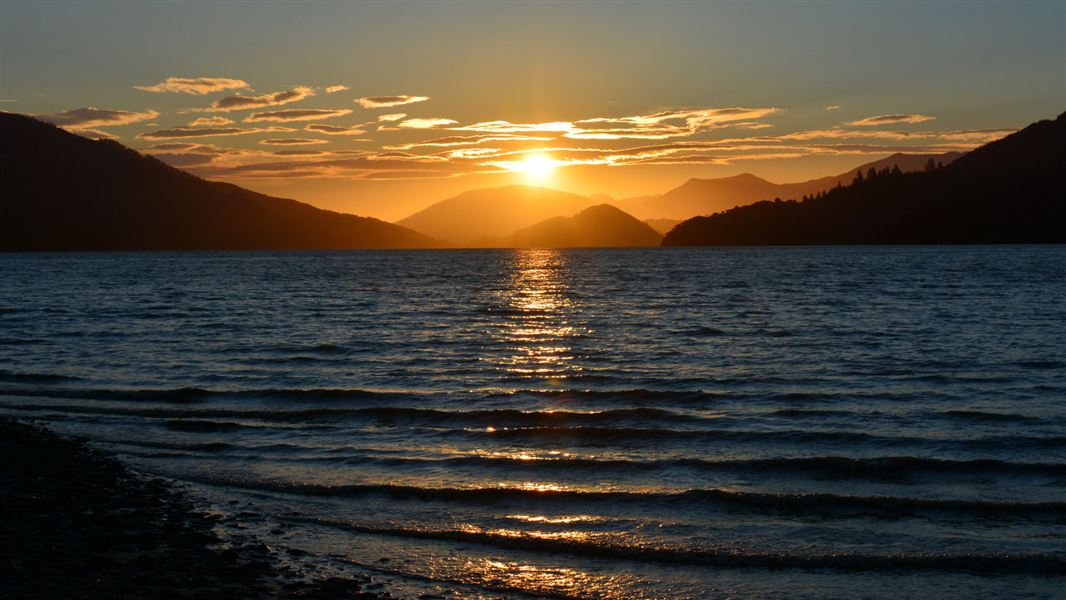Check road conditions
Recent severe weather has damaged many roads in the Marlborough Sounds. Before you travel to our facilities, check the latest road updates on the Marlborough District Council website.
Access this area by boat or from SH6 at Rai Valley (Pelorus Sound) or Linkwater (Kenepuru Sound).
The jetty at Jacobs Bay campsite and picnic area has been damaged by tree fall and is unusable. Do not attempt to use the jetty. Access to Jacobs Bay Campsite, picnic area, and track to Fairy Bay is now only possible via the beach.
- The weather in the Sounds is generally mild, but conditions can change quickly, especially on the water. Ensure that you have adequate equipment and experience, and, if you are going out on the water, check the marine weather forecast.
- The Sounds has a restricted fire season all year round and any fire must have a permit.
- Boil, filter, or treat water for drinking. On some tracks you must carry water.
- In late summer and autumn, carry antihistamine if allergic to wasp stings.
Water safety
If you plan to enjoy the water, learn how to stay safe when swimming, boating and fishing.
Marlborough Sounds Foreshore Reserve permits
Residents and bach owners adjacent to Sounds Foreshore Reserve may be permitted to construct and maintain access related structures and tracks on the reserve. Get more information.
All drone use must be authorised by DOC
You must have a permit to fly a drone on public conservation land.
Visit our Drone use on conservation land page for more information.
The Marlborough Sounds have formed over millions of years as rising seas and a constantly sinking landmass combined to flood ancient river valleys. This is the only part of New Zealand where the land mass, weakened by several long faults, is sinking. There are few big rivers or valley flats in the Sounds; all that remains above the sea is the mountain peaks. If the sinking continues, today’s headlands, linked by narrow necks to the mainland, will be islands tomorrow.
According to Māori tradition, the South Island is the canoe of Aoraki. Its sunken prow forms Queen Charlotte Sound/Totaranui and Pelorus Sound/Te Hoiere. The sounds provided good shelter and food for Māori. To avoid travelling by sea from one sound to another, they carried their waka/canoes over low saddles.
Whakatū/Nelson Visitor Centre
| Phone: | +64 3 546 9339 |
| Email: | nelsonvc@doc.govt.nz |
| Address: | Millers Acre/Taha o te Awa 1/37 Halifax Street Nelson 7010 |
| Hours: | Visitor centre hours and services |
